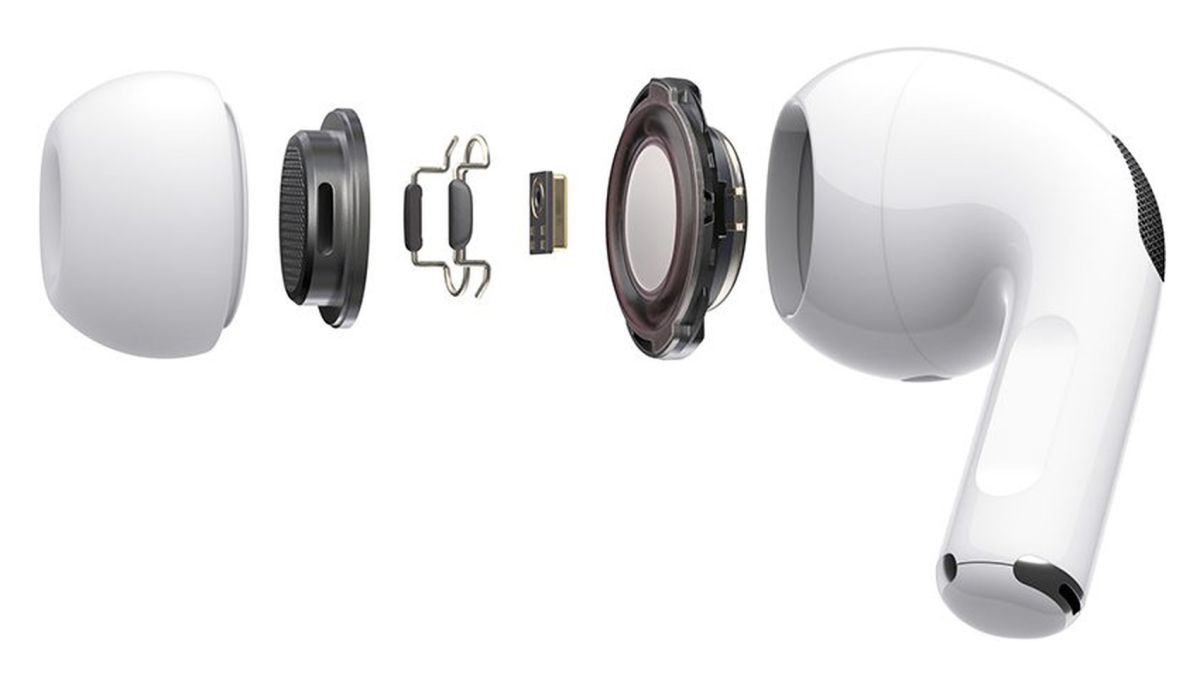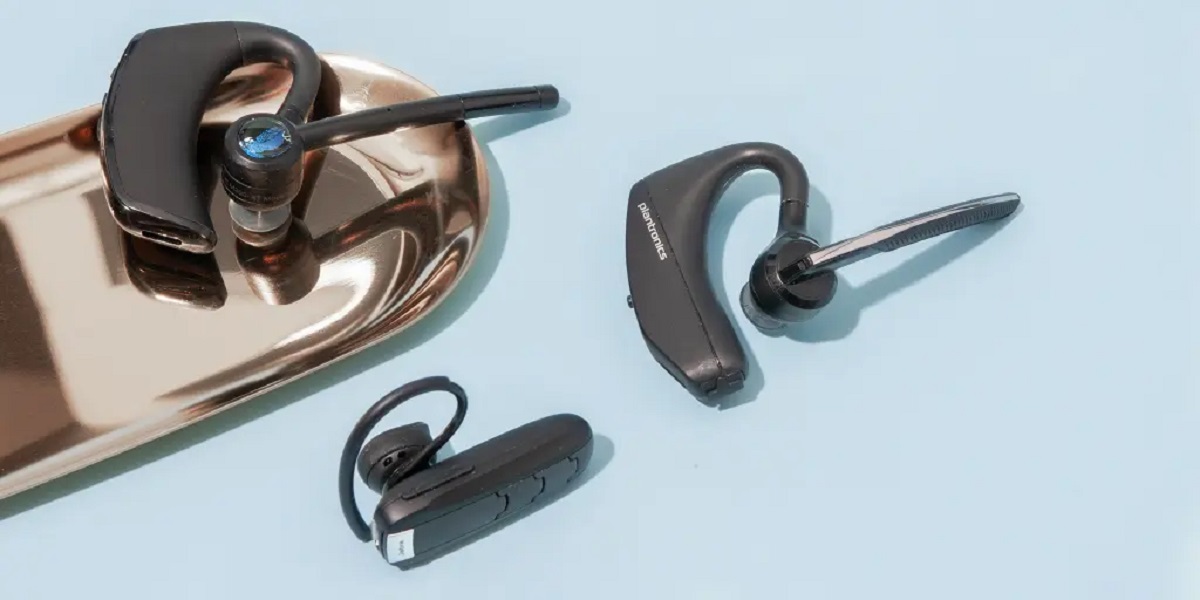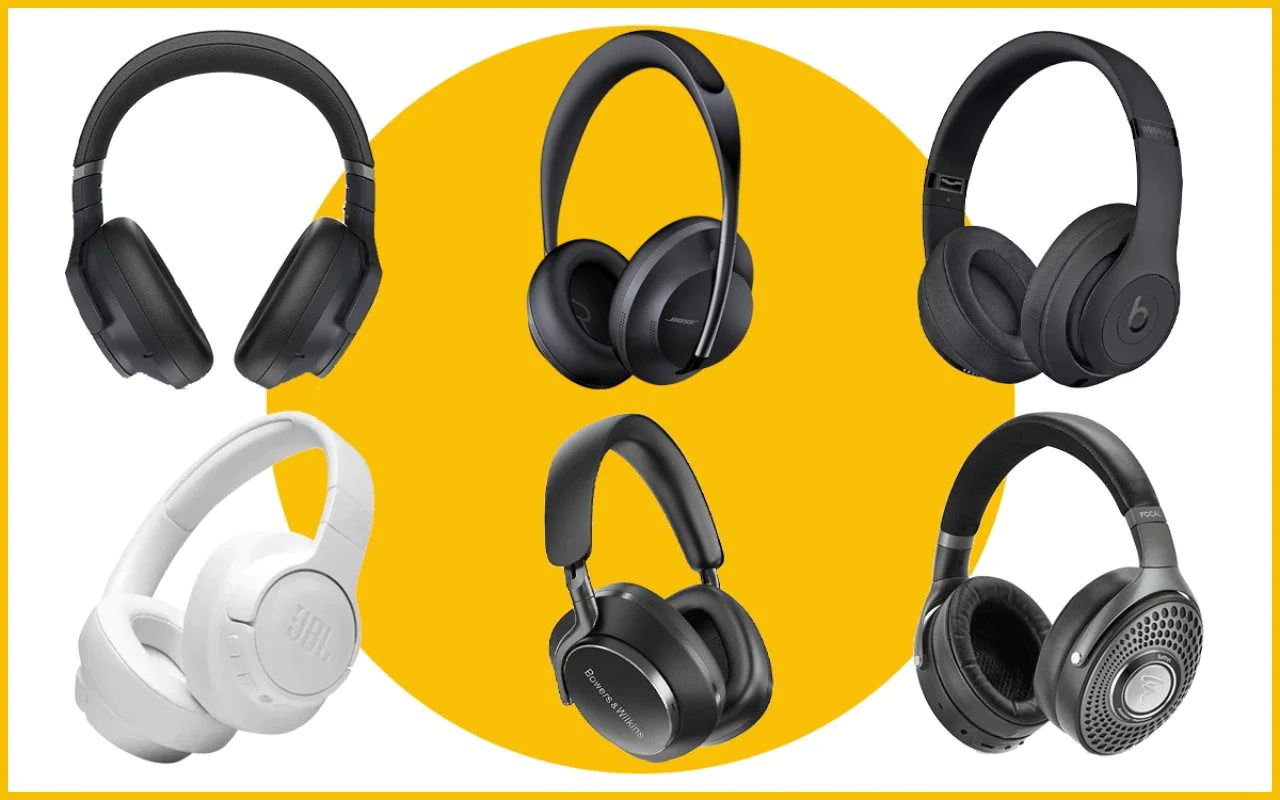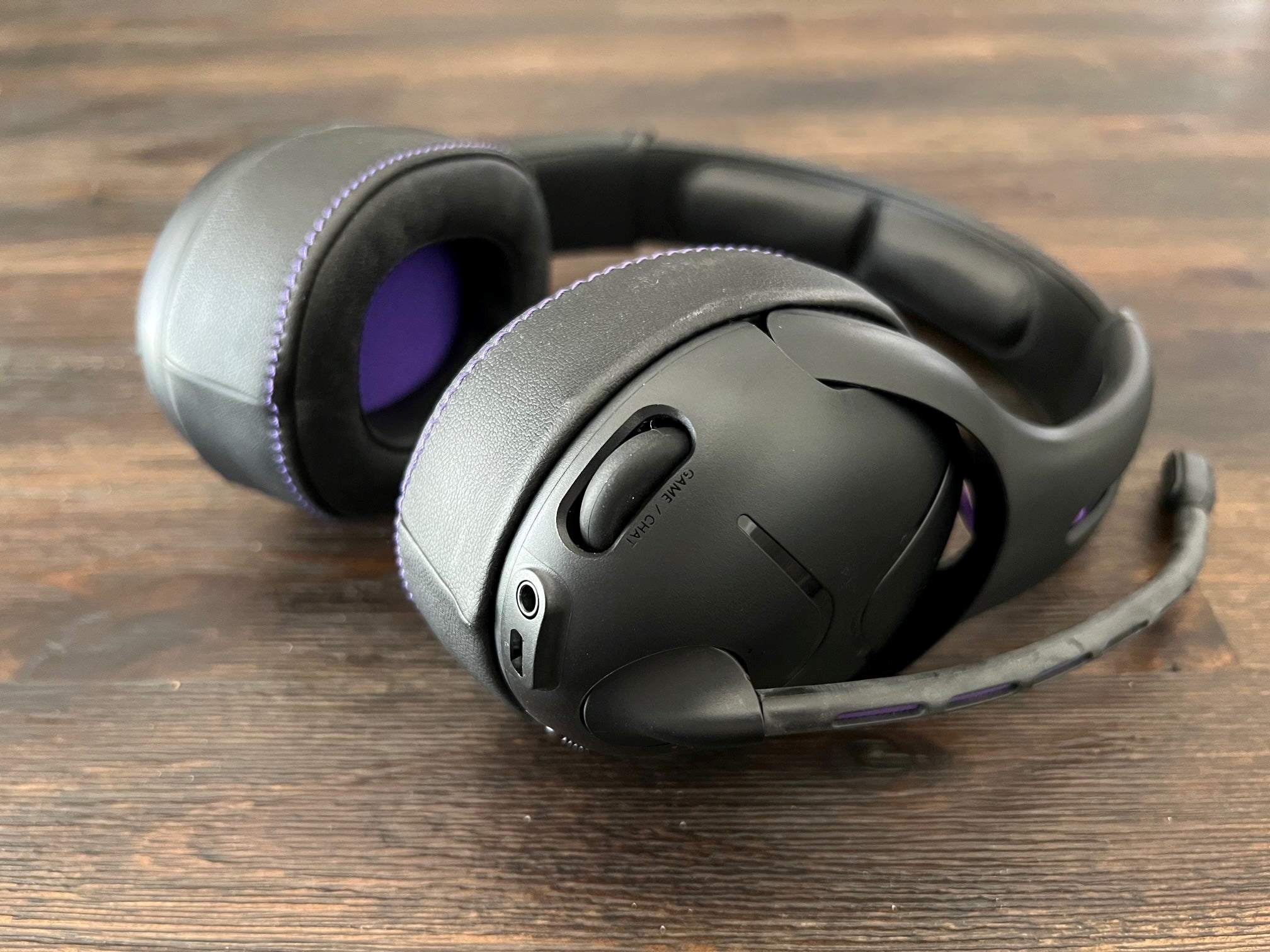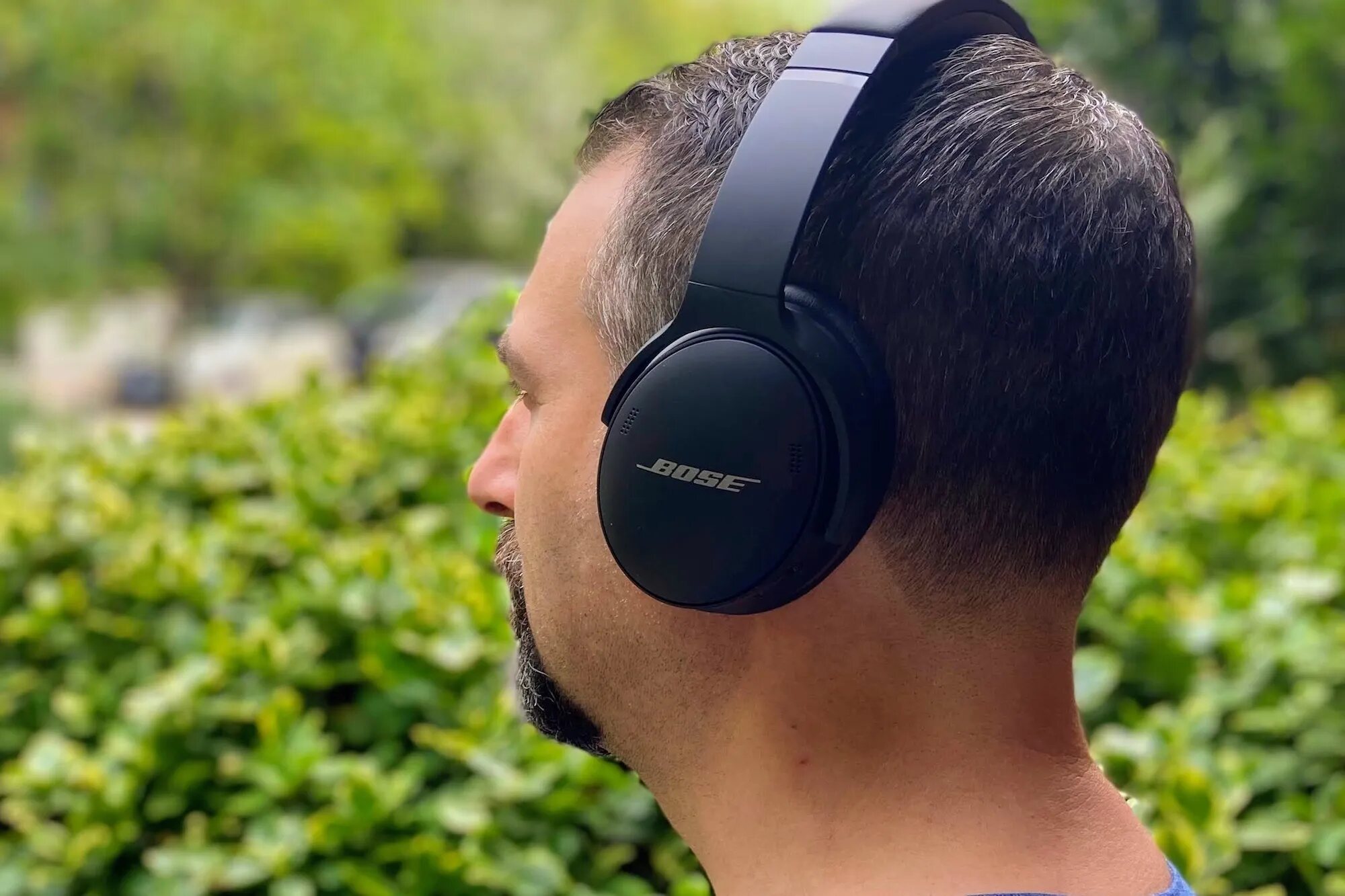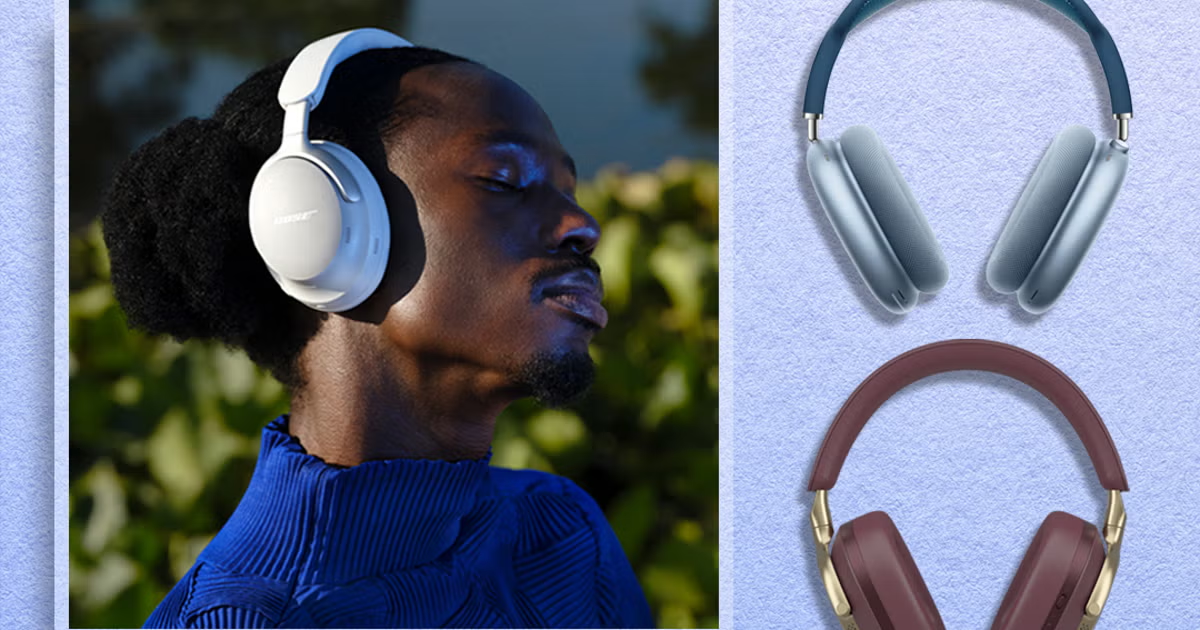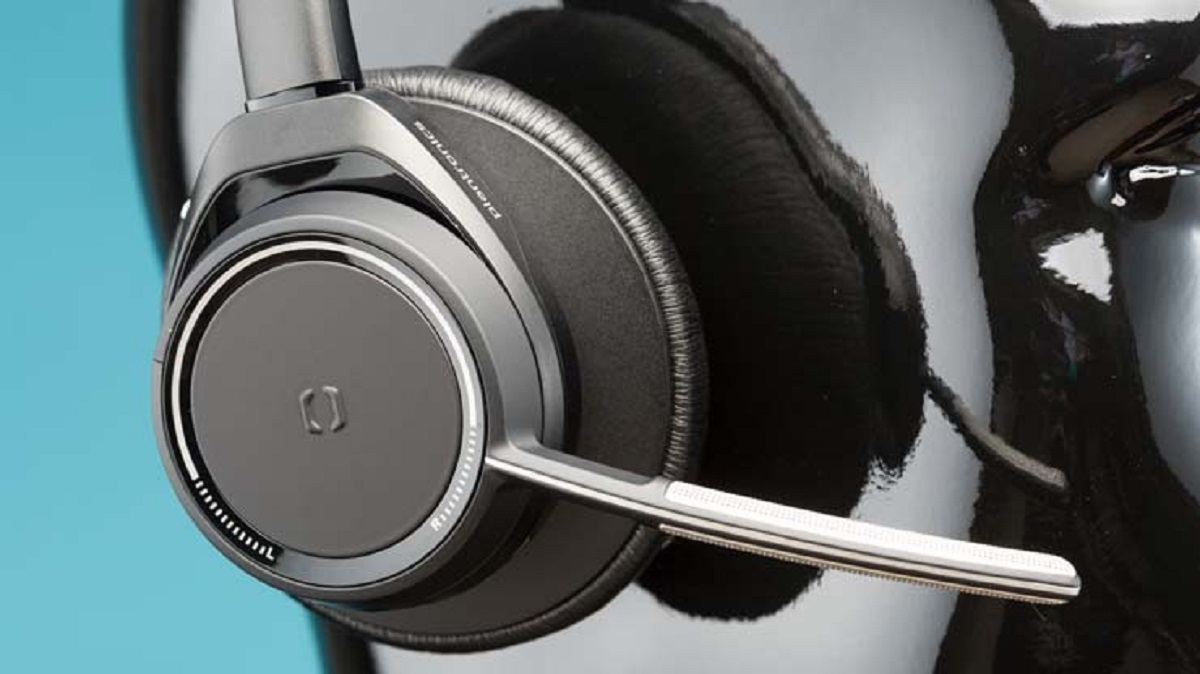Introduction
Noise cancelling headphones are a marvel of modern technology, allowing users to immerse themselves in their favorite music or podcasts without the distractions of the outside world. These headphones utilize advanced engineering to counteract ambient noise, creating a serene auditory environment. However, despite their impressive capabilities, noise cancelling headphones may not always effectively block out the sound of people talking. This can be a source of frustration for many users, especially in crowded or noisy environments where human conversations abound.
Understanding the intricacies of noise cancelling technology and its limitations in certain scenarios can shed light on why these headphones may not completely eliminate the sound of people talking. By delving into the mechanics of noise cancellation and the challenges it faces when dealing with human voices, we can gain a deeper appreciation for the complexities involved in creating a truly immersive listening experience.
In this article, we will explore the inner workings of noise cancelling headphones, the specific frequency range they target, and the unique challenges posed by the human voice. Additionally, we will consider other factors that can impact the efficacy of noise cancellation, providing valuable insights for both current and prospective users of these innovative devices. Let's embark on a journey to unravel the mysteries behind noise cancelling headphones and understand why they may fall short when it comes to blocking out the sound of people talking.
How Noise Cancelling Headphones Work
Noise cancelling headphones operate on a fascinating principle that involves actively reducing external sounds to provide a more tranquil listening experience. This is achieved through the integration of microphones, sophisticated circuitry, and acoustic design. When external noise is detected by the microphones, the headphones generate anti-noise signals that effectively cancel out the unwanted sounds. This process occurs in real time, allowing users to enjoy their audio content without being disturbed by ambient noise.
One of the key components of noise cancelling headphones is the microphones strategically placed on the ear cups. These microphones continuously capture the ambient sounds in the surrounding environment. The captured audio is then analyzed by the onboard electronics, which generate anti-noise signals precisely designed to counteract the incoming sound waves. By producing these anti-noise signals, the headphones effectively neutralize the external noise, creating a more serene listening environment for the user.
It’s important to note that noise cancelling technology is particularly effective at attenuating low-frequency sounds, such as the hum of airplane engines or the rumble of a train. These consistent, droning noises are relatively predictable and can be effectively countered by the headphones’ active noise cancellation capabilities. However, when it comes to higher frequency sounds, such as human voices, the effectiveness of noise cancellation may be limited due to the unique characteristics of speech and the frequency range in which it operates.
By gaining a deeper understanding of the inner workings of noise cancelling headphones, users can appreciate the intricate technology that enables these devices to create a peaceful listening environment amidst the hustle and bustle of daily life. The next section will delve into the specific frequency range targeted by noise cancelling technology and how it relates to the challenge of blocking out human voices.
Frequency Range of Noise Cancelling Technology
Noise cancelling technology is designed to effectively counteract external sounds within a specific frequency range, typically focusing on lower frequencies commonly associated with ambient noise in transportation and industrial settings. The primary target of noise cancellation is in the range of 20 to 1000 Hz, encompassing the low-frequency hums and rumbles that can disrupt a peaceful listening experience.
Within this frequency range, noise cancelling headphones excel at attenuating the persistent droning sounds of airplane engines, train rumblings, and air conditioning units. The active noise cancellation circuitry is adept at generating anti-noise signals to counteract these low-frequency noises, allowing users to enjoy their audio content without interference from the surrounding environment.
However, when it comes to higher frequency sounds such as human voices, the efficacy of noise cancellation may be diminished. Human speech typically falls within the range of 250 to 6000 Hz, with consonant sounds occupying the higher end of this spectrum. While noise cancelling headphones can still provide some degree of attenuation for higher frequency sounds, they may not be as effective at completely eliminating the intelligibility of human speech due to the limitations of the technology within this frequency range.
It’s important for users to recognize that the design and capabilities of noise cancelling headphones are optimized for addressing specific types of ambient noise, particularly those in the lower frequency range. Understanding the frequency range targeted by noise cancelling technology can provide valuable insights into why these headphones may struggle to completely block out the sound of people talking, especially in environments where speech is prevalent.
As we continue our exploration, we will delve into the unique challenges posed by human voices and the complexities involved in effectively mitigating their impact on the listening experience.
Challenges with Blocking Human Voices
Human voices present a unique challenge for noise cancelling headphones due to their frequency range and the complex nature of speech. Unlike the consistent, low-frequency sounds targeted by noise cancellation technology, human speech encompasses a broad spectrum of frequencies, with vowels typically falling in the lower frequency range and consonants occupying higher frequencies. This variability and complexity pose difficulties for noise cancelling headphones, as they are optimized to counteract specific frequency ranges, particularly those associated with ambient noise in transportation and industrial settings.
Additionally, the intelligibility of human speech relies not only on the frequency characteristics but also on the nuances of articulation, enunciation, and inflection. While noise cancelling headphones can attenuate certain aspects of higher frequency speech sounds, they may struggle to completely eliminate the clarity and intelligibility of human voices, especially in environments where conversations are prevalent.
Furthermore, the intermittent and unpredictable nature of human speech presents a challenge for noise cancelling technology, which is more effective at countering continuous, droning noises. The dynamic and ever-changing patterns of speech make it more challenging for noise cancelling headphones to consistently and comprehensively neutralize the sound of people talking.
Despite these challenges, advancements in noise cancelling technology continue to improve the overall efficacy of these headphones in mitigating a wide range of environmental noises, including human speech. Manufacturers are constantly refining their noise cancellation algorithms and hardware to address the complexities associated with blocking out speech sounds, aiming to provide users with an increasingly immersive and distraction-free listening experience.
By understanding the intricacies of these challenges, users can gain insights into the limitations of noise cancelling headphones when it comes to addressing the complexities of human speech. This awareness can help manage expectations and guide the selection of headphones based on specific usage scenarios and environmental factors.
Other Factors Affecting Noise Cancelling Headphones
While the primary function of noise cancelling headphones is to reduce ambient sounds and provide a more immersive listening experience, several additional factors can influence their effectiveness, particularly in the context of blocking human voices.
Firstly, the fit and seal of the headphones on the user’s ears play a crucial role in determining the degree of noise isolation. A secure and proper seal helps prevent sound leakage and enhances the passive noise isolation capabilities of the headphones. However, when it comes to blocking human voices, the seal may not be as effective due to the nature of speech transmission and the limitations of noise cancelling technology in addressing speech intelligibility.
Environmental conditions also impact the performance of noise cancelling headphones. In noisy environments with a high level of ambient chatter, the headphones may face greater challenges in effectively attenuating human voices. Additionally, the presence of reflective surfaces and reverberant spaces can complicate the cancellation of speech sounds, as reflected and indirect sound waves may not be as effectively neutralized by the noise cancellation circuitry.
Furthermore, the quality and design of the microphones used for capturing ambient sounds can influence the headphones’ ability to generate accurate anti-noise signals. Higher-quality microphones with advanced noise reduction capabilities can enhance the headphones’ overall noise cancellation performance, potentially improving their ability to mitigate the impact of human voices.
It’s important for users to consider these supplementary factors when evaluating the performance of noise cancelling headphones, especially in scenarios where the blocking of human voices is a priority. While noise cancelling technology continues to advance, these additional considerations can provide valuable insights into the practical limitations and optimal usage conditions for these devices.
Conclusion
Noise cancelling headphones are a remarkable innovation that has revolutionized the way we experience audio in diverse environments. Their ability to mitigate ambient noise, particularly in the lower frequency range, has significantly enhanced the listening experience for users worldwide. However, when it comes to blocking the sound of people talking, these headphones face unique challenges due to the complex nature of human speech and the limitations of noise cancellation technology within the higher frequency spectrum.
By understanding the specific frequency range targeted by noise cancelling technology and the complexities associated with human voices, users can gain valuable insights into the practical limitations of these devices. It’s essential to recognize that while noise cancelling headphones excel at attenuating consistent, low-frequency ambient noises, they may not completely eliminate the intelligibility of human speech, especially in environments where conversations are prevalent.
Despite these challenges, ongoing advancements in noise cancelling technology and the continuous refinement of hardware and algorithms by manufacturers are steadily improving the overall efficacy of these headphones in addressing a wide range of environmental noises, including human speech. Users are encouraged to consider supplementary factors such as the fit and seal of the headphones, environmental conditions, and the quality of microphones when evaluating the performance of noise cancelling headphones, particularly in contexts where the blocking of human voices is a priority.
Ultimately, noise cancelling headphones remain a valuable tool for creating a more serene and immersive listening environment, and while they may not completely eliminate the sound of people talking, they continue to provide significant benefits in reducing overall ambient noise and enhancing the audio experience for users across various settings.










